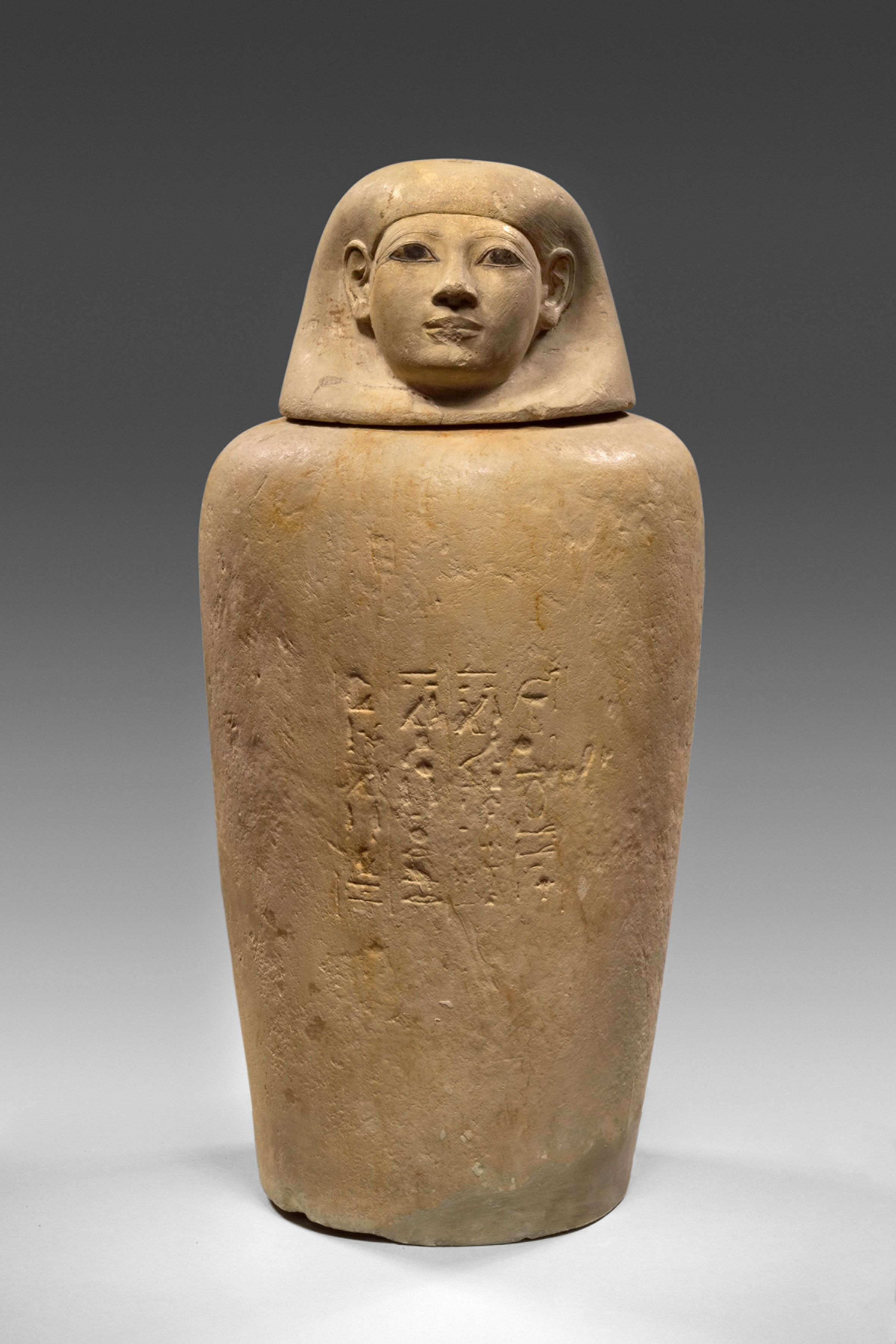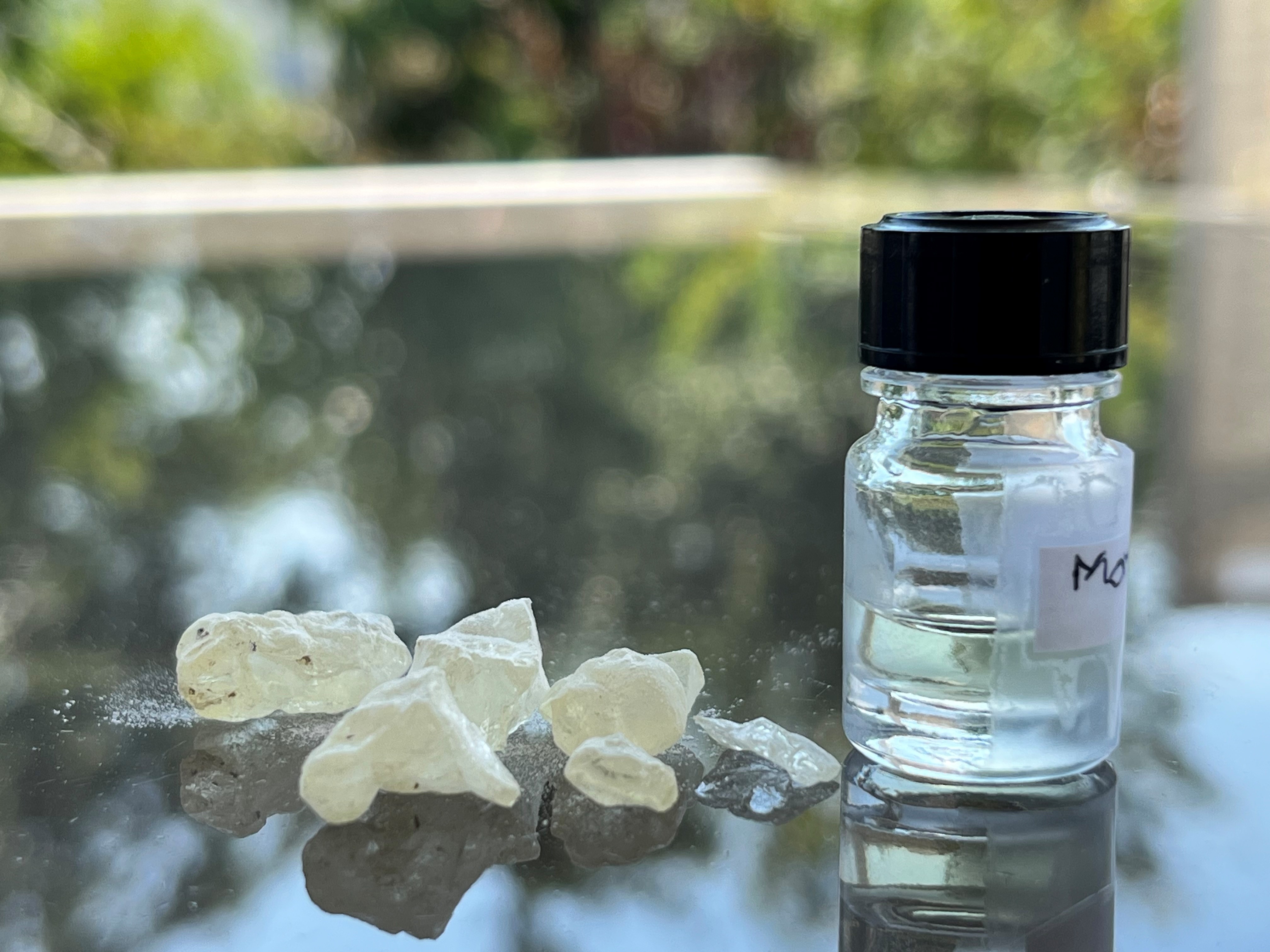We know a lot about what Ancient Egypt looked like, and we can even have a pretty good guess at what its people sounded like, but have you ever stopped to wonder what it smelled like? A new project is seeking to provide a unique window into the past by recreating the scent of the balm that was used in the mummification of a high-status Egyptian woman more than 3,500 years ago.
The noblewoman at the center of all this was named Senetnay, and her remains were excavated in 1900 by Howard Carter – he of “possibly grave-robbing from Tutankhamun” fame. Previous research has uncovered how Senetnay acted as wet nurse to the infant who would go on to be crowned Pharaoh Amenhotep II and was granted the auspicious title “Ornament of the King”.
As befits such a high-ranking person in Egyptian society, Senetnay’s mummified organs were encased in canopic jars in a royal tomb in the Valley of the Kings. Now, a team led by Barbara Huber of the Max Planck Institute of Geoanthropology has used sophisticated analysis to reveal the ingredients of the embalming substances that were used.

One of the limestone canopic jars that contained the mummified remains of Senetnay.
Image credit: Christian Tepper/Museum August Kestner, Hannover
The researchers recovered six samples of balm from two separate jars – those that stored Senetnay’s lungs and liver, respectively – which are now held at the Museum August Kestner in Germany. Analytical techniques including gas chromatography-mass spectrometry, high-temperature gas chromatography-mass spectrometry, and liquid chromatography-tandem mass spectrometry were performed.
As well as beeswax, animal fats, plant oils, bitumen, and resins from trees like pines and larches, the researchers were able to pick out the ingredients that would have given the balm a signature fragrance. Coumarin, which has a vanilla-like aroma, and benzoic acid – which counts Nostradamus among its original discoverers – were found in both jars.
Two compounds were found to be uniquely present in the jar that stored Senetnay’s lungs. One was larixol, which is derived from larch resin; the other was a fragrant resin that could be either dammar – a substance obtained from trees that are widespread in India and Southeast Asia – or a resin from trees in the genus Pistacia, in the cashew family.
Not only does the research provide an insight into the different methods used for embalming different organs, it also sheds new light on the trade links that existed in the ancient world.
“The ingredients in the balm make it clear that the ancient Egyptians were sourcing materials from beyond their realm from an early date,” said senior researcher Professor Nicole Boivin in a statement. “The number of imported ingredients in her balm also highlights Senetnay’s importance as a key member of the pharaoh’s inner circle.”
“Our methods were also able to provide crucial insights into balm ingredients for which there is limited information in contemporary ancient Egyptian textual sources,” observed Huber.
The potential presence of dammar is of particular interest – if this is confirmed, it would corroborate findings from balms dating back to the first millennium BCE, and indicate that the ancient Egyptians had established trade routes with Southeast Asia almost 1,000 years earlier than previously thought.

The final perfume, along with chunks of dammar resin – which, if confirmed to be present in the balm, could radically change our view of Ancient Egyptian trade.
Image credit: Barbara Huber
Working with a specialist perfumer and sensory museologist, the team has been able to bottle the fragrance of the balm. “The scent of eternity”, as it has been dubbed, will soon go on display at the Moesgaard Museum in Denmark, so visitors can have a chance to experience the aroma of antiquity for themselves.
“’The scent of eternity’ represents more than just the aroma of the mummification process,” Huber said. “It embodies the rich cultural, historical, and spiritual significance of Ancient Egyptian mortuary practices.”
The study is published in Scientific Reports.
Source Link: Scent Of The Ancient Egyptian Afterlife Revealed In Mummification Balm